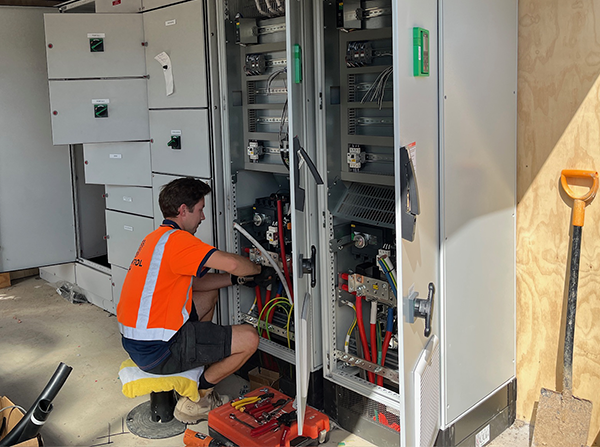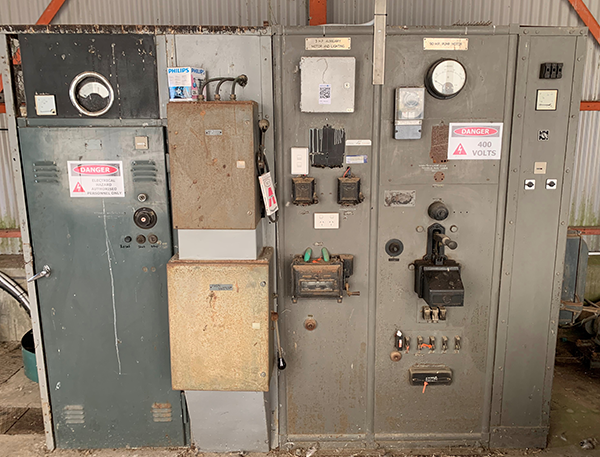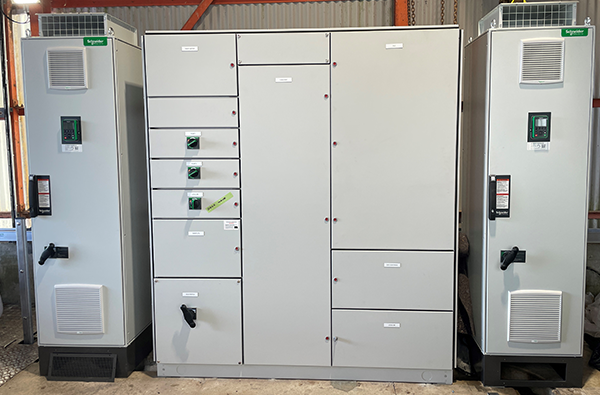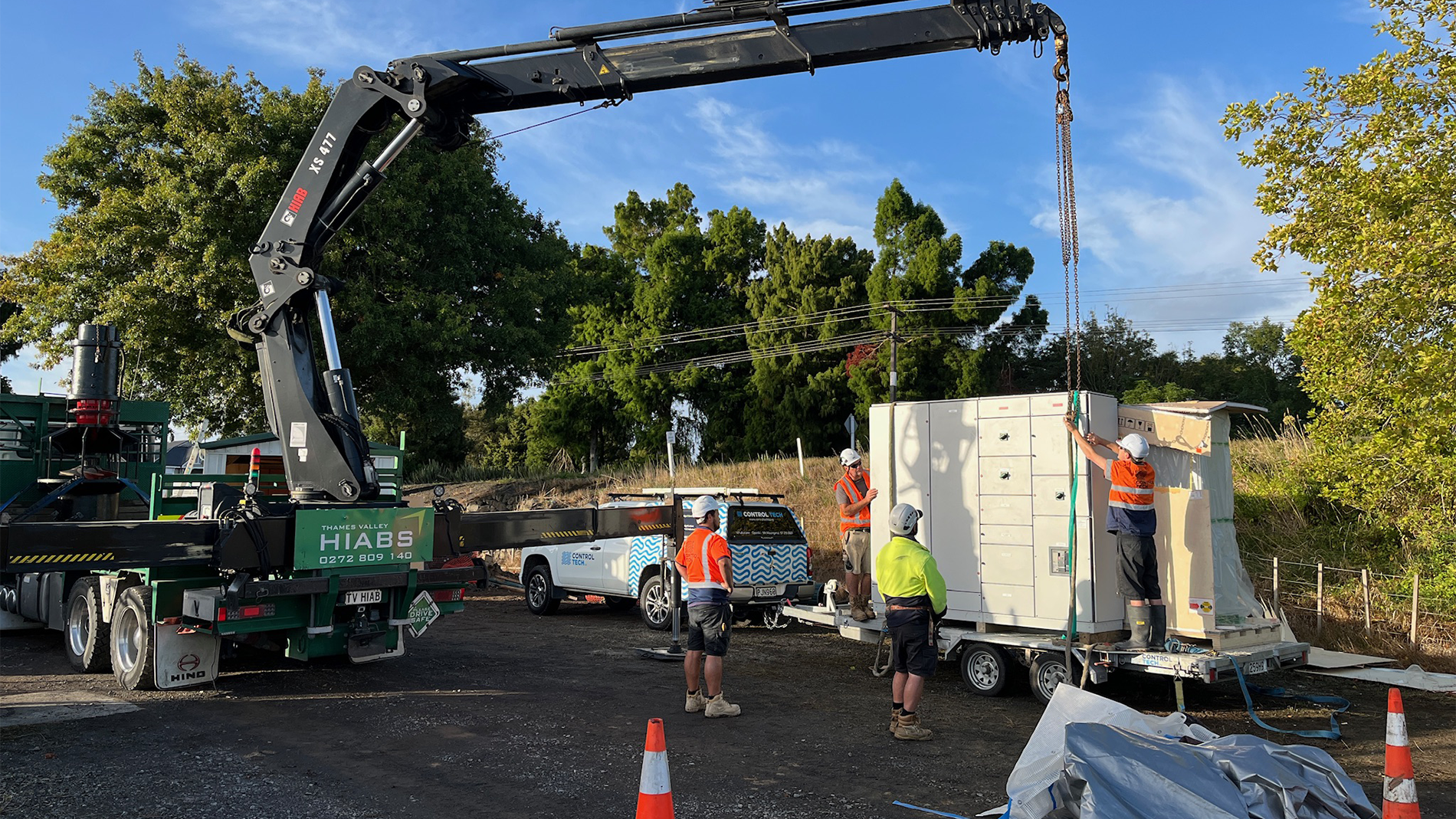
The technological upgrades allow for remote monitoring and management of pumps and also the collation of water data.
Electrical and smartification upgrades are underway for all high priority pump stations that are part of the Waihou Valley and Piako River schemes.
Waikato Regional Council is undertaking the technological upgrades to allow for the remote monitoring and management of pumps in urban areas, ponding zones and isolated locations as part of its capital renewals programme, which is budgeted through the annual and long-term plans.
In the Waihou and Piako River catchments, the council owns and manages 52 pump stations.

Out with the old …
Of those, it has completed 13 electrical and telemetry upgrades of the pump stations – including three in Ngātea, four in Paeroa, two in Thames and one in Hikutaia – with seven more priority sites underway. Another 14 more upgrades are expected to be completed over the next three years.
Hauraki Zone Manager Karen Botting says many of the council’s pump stations were running either on outdated or no technology.
"The Waihou Valley and Piako River flood protection schemes were designed and built between 1940 and 2000, so at a time when starting a pump meant going to the location and turning it on," says Botting.
"Technology has evolved enormously over the years, and we’ve been including smartification options for our new pump station projects since about 2016.
"What we found during the 2023 weather events, which created no end of pump station issues, is that where we had smartification installed, we were able to resolve most problems remotely; and where we didn’t, we had multiple callouts by staff and electricians."

… and in with the new.
Smartification options include being able to turn on or off pumps remotely, being able to control their speed and, if necessary, reverse them remotely, having telemetry to notify of a fault, or having a full system of control and collection of data, such as water levels, water clarity, turbidity, and how much rain has fallen during an event.
"Installing these systems means we’re capturing information at these sites that we couldn’t before. All that information helps create a better understanding about what is going on in real time with the environment, and this data helps to support policy development and planning."
The technology also addresses health and safety requirements, with staff no longer needing to be onsite during a flood event.

